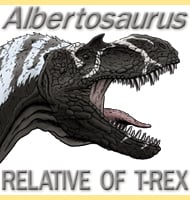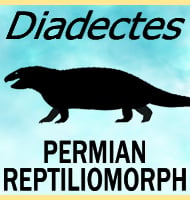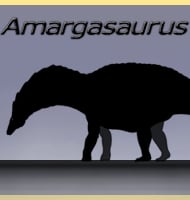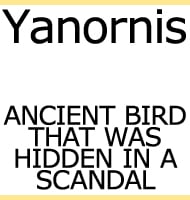In Depth
Eoplectreurys was (and at the time of writing still is) at the time of its description to be the oldest known Haplogynae spider, the genus going back as least as far as the mid Jurassic, while previous examples were only known as far back as the early Cretaceous. This group of spiders is identified by studying the female genitalia, which in the Haplogynae are not sclerotized (hardened). The name Eoplectreurys is derived from the similarity of this ancient spider to the modern extant (still alive) genus Plectreurys. This has seen Eoplectreurys assigned to the Plectreuridae group of spiders that today are only known to live in arid desert-like environments of North America (particularly the Western United States and Mexico) as well as some Caribbean Islands.
The number of eyes of Eoplectreurys is unknown, but since it is so similar to the plecteurid spiders in other ways, it may have had eight like them too. If so then this would be also interesting since most of the Haplogynae actually have six eyes, with some having as few as four eyes. As far as sexual dimorphism is concerned, male Haplogynae spiders tend have a round carapace (the hard upper shell of the thorax), while the females have an elongated carapace. Out of the seven known individual Eoplectreurys at the time of their description, only one had a round carapace.
With a body length of three millimetres, a single Eoplectreurys could comfortably sit on your fingernail with room to spare. It should be remembered however that this small spider was still a predator, though one that probably hunted other small invertebrates. Assuming that it also had a similar lifestyle to its modern extant relatives, Eoplectreurys might have lurked under rocks and other hard cover while waiting for ground dwelling invertebrates to pass by.
Further Reading
- The oldest haplogyne spider (Araneae: Plectreuridae), from the Middle Jurassic of China, Paul A. Selden & Diying Huang - 2010.









